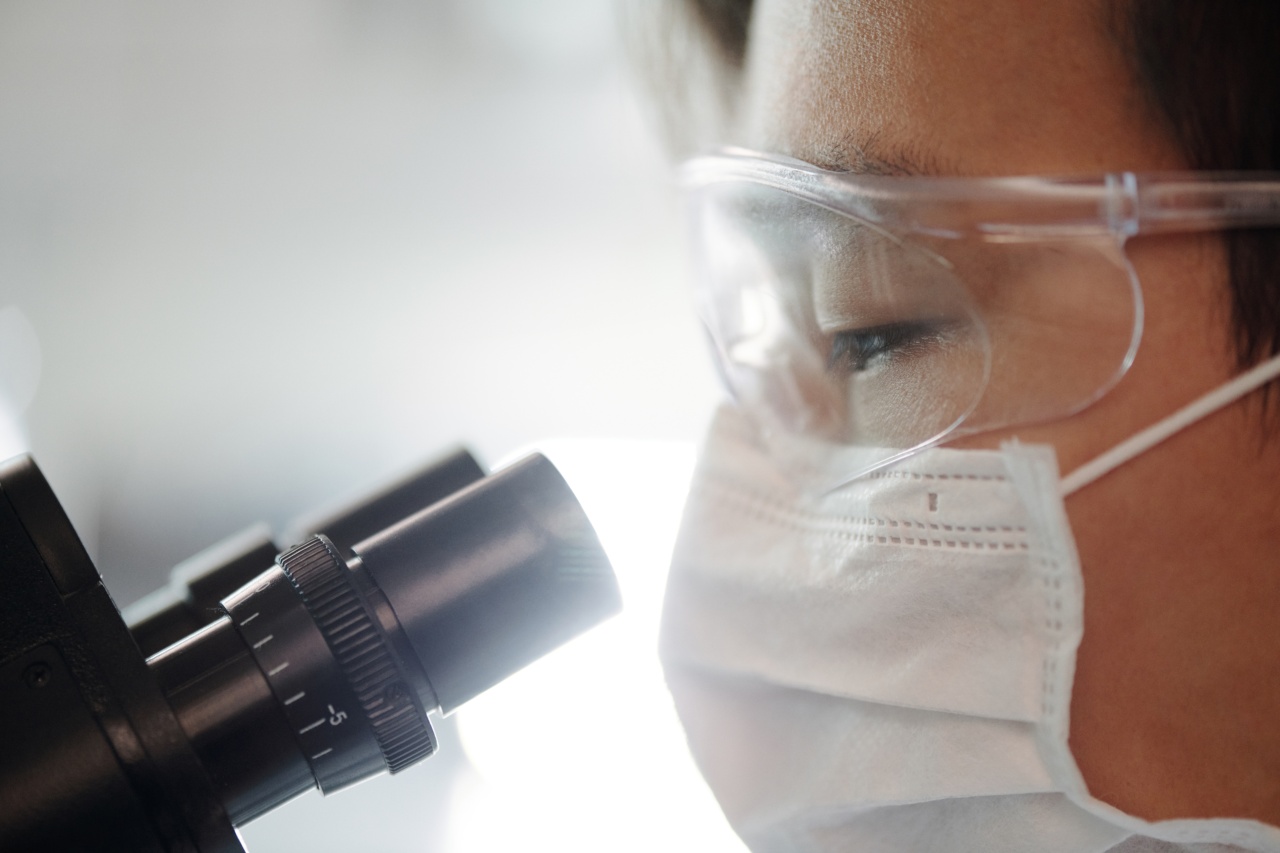Parkinson’s disease is a progressive neurological disorder that affects movement. It occurs when the brain cells that produce dopamine, a neurotransmitter responsible for transmitting signals that control movement, are damaged or destroyed.
This leads to a range of symptoms, including tremors, stiffness, slowed movements, and problems with balance and coordination.
While there is no cure for Parkinson’s disease, there are various treatment options available to manage symptoms and improve quality of life. Medications such as levodopa, dopamine agonists, and MAO-B inhibitors are commonly prescribed.
Physical therapy, occupational therapy, and speech therapy can also play a crucial role in maintaining mobility and communication abilities. However, in some cases, surgery may be recommended to alleviate symptoms and improve overall functioning.
Types of Parkinson’s Disease Surgery
When medications no longer provide significant relief or result in severe side effects, surgical interventions may be considered.
The goal of these procedures is to either stimulate or modulate specific areas of the brain affected by Parkinson’s disease. The most common surgical treatments for Parkinson’s disease include:.
Deep Brain Stimulation (DBS)
Deep Brain Stimulation (DBS) involves implanting electrodes into specific parts of the brain, such as the thalamus or subthalamic nucleus. These electrodes are connected to a pulse generator, which is implanted near the collarbone.
The generator delivers electrical impulses that help regulate abnormal brain activity and reduce Parkinson’s symptoms.
DBS can significantly improve motor functions, reduce tremors, and minimize medication-induced side effects.
It is typically recommended for individuals who have experienced Parkinson’s symptoms for at least four years, have responded well to levodopa, and have no significant cognitive impairments.
Pallidotomy
In a pallidotomy procedure, a small area of the brain called the globus pallidus is lesioned using heat produced by radiofrequency waves or focused ultrasound. This aims to reduce abnormal signals and alleviate some Parkinson’s disease symptoms.
Pallidotomy is particularly effective in treating medication-resistant tremors.
Thalamotomy
Thalamotomy involves the surgical destruction of a specific part of the thalamus, which is responsible for relaying sensory and movement-related signals.
By interrupting the abnormal signaling patterns associated with Parkinson’s disease, thalamotomy can help improve motor function and reduce tremors. However, it is less widely used today due to the availability of deep brain stimulation.
Factors to Consider Before Parkinson’s Disease Surgery
Before undergoing any surgical intervention for Parkinson’s disease, it is crucial to consider multiple factors and thoroughly discuss the procedure with your healthcare team. Some of the key factors to consider include:.
Disease Progression
Parkinson’s disease is a heterogeneous condition, and the symptoms and progression can vary significantly from person to person. The stage and severity of the disease play a crucial role in determining candidacy for surgery.
Generally, surgery is considered when symptoms cannot be adequately controlled with medications alone.
Symptom Response
The response to levodopa or other Parkinson’s medications can help predict the potential benefits of surgery.
If an individual experiences a significant improvement in motor function and a reduction in symptoms with medication, they are more likely to benefit from surgical intervention.
Medication Side Effects
Medications used to manage Parkinson’s disease can have side effects such as dyskinesias (abnormal involuntary movements) or motor fluctuations (on-off phenomenon).
If these side effects significantly impact daily life and quality of life, surgery may be considered as an alternative treatment option.
Medical History and Overall Health
Each person’s medical history and overall health condition must be carefully assessed before considering surgery.
The surgical team will evaluate the potential risks and benefits based on factors such as age, presence of other medical conditions, and previous surgeries.
Mental Functioning
Parkinson’s disease can sometimes affect cognitive abilities, including memory, attention, and decision-making skills. The cognitive status of an individual will be evaluated to determine if surgery is a suitable option.
Benefits and Risks of Parkinson’s Disease Surgery
As with any surgical procedure, there are potential benefits and risks associated with Parkinson’s disease surgery. Understanding these factors is essential to make an informed decision. Some of the benefits include:.
Improved Motor Function
Parkinson’s disease surgery can lead to a significant improvement in motor symptoms, including tremors, rigidity, and bradykinesia (slowed movements). This can enhance overall mobility and quality of life.
Reduced Medication Dependence
By improving symptoms, surgery can reduce the reliance on medications and, in turn, mitigate the side effects associated with long-term medication use. This can also help optimize the effectiveness of medication when it is still required.
Enhanced Quality of Life
Alleviating troublesome symptoms can have a profound impact on an individual’s overall well-being and quality of life. Improved mobility and reduced symptom burden can enable engagement in daily activities and social interactions.
Decreased Dyskinesias
In some cases, surgery can help in reducing medication-induced dyskinesias (involuntary movements) that may occur as a side effect of long-term medication use. This can provide relief and improve comfort.
Despite these potential benefits, it is crucial to acknowledge the risks associated with Parkinson’s disease surgery, which may include:.
Surgical Complications
Any surgical procedure carries a risk of complications, including bleeding, infection, stroke, or damage to surrounding structures.
The overall risk is generally low, but it varies depending on individual factors, surgical techniques, and expertise of the surgical team.
Cognitive Changes
In some cases, surgery may lead to cognitive changes, particularly if there is preexisting cognitive impairment. This can manifest as memory problems, difficulties with attention and concentration, or changes in mood or behavior.
Absence of Symptom Improvement
While surgery can be highly effective in reducing symptoms for many individuals, there is a small chance that it may not lead to significant improvement or a desired outcome. This is why careful patient selection and thorough evaluation are critical.
Recovery Process
The recovery process following Parkinson’s disease surgery can vary from person to person. It typically involves a period of hospitalization and rehabilitation.
Physical therapy, occupational therapy, and speech therapy may be necessary during the recovery phase to optimize outcomes and regain functioning.
Insurance Coverage for Parkinson’s Disease Surgery
Insurance coverage for Parkinson’s disease surgery can vary depending on the specific insurance plan, location, and individual circumstances.
In many cases, insurance companies consider deep brain stimulation (DBS) as the standard surgical treatment option for Parkinson’s disease and may provide coverage for this procedure.
However, before undergoing surgery, it is crucial to thoroughly analyze your insurance policy and consult with your insurance provider to understand the coverage details, including pre-authorization requirements, documentation needed, and any associated costs such as deductibles, co-pays, and out-of-pocket expenses.
Furthermore, it may be helpful to involve your healthcare team in the process.
They can provide valuable assistance by documenting the medical necessity of the procedure and engaging in direct communication with the insurance company to support your case.
Alternative Funding Options
If insurance coverage for Parkinson’s disease surgery is limited or unavailable, there are alternative funding options that individuals can explore:.
Research Studies and Clinical Trials
Research studies and clinical trials may offer opportunities to access surgical interventions for Parkinson’s disease at reduced or no cost. These studies are designed to evaluate new treatments, surgical techniques, or devices.
Participation in such studies can provide access to cutting-edge treatments while contributing to the advancement of medical knowledge.
Financial Assistance Programs
Various foundations, non-profit organizations, and pharmaceutical companies offer financial assistance programs to support individuals seeking treatments for Parkinson’s disease.
These programs can provide financial aid or help navigate insurance coverage complexities.
Crowdfunding
Crowdfunding platforms allow individuals to create online campaigns to raise funds for medical procedures. By sharing their stories, individuals can seek financial support from friends, family, and compassionate strangers who believe in their cause.
Personal Savings and Negotiation
Personal savings or negotiation with healthcare providers and hospitals can also be options to consider. Sometimes, providers may offer discounted rates or payment plans for those facing financial challenges.
Support from Parkinson’s Organizations
Connecting with local or national Parkinson’s disease organizations can provide valuable resources and guidance.
These organizations can help individuals navigate the financial aspects of treatment, including fundraising options, support groups, and community assistance programs.
Conclusion
Parkinson’s disease surgery can be an effective treatment option for individuals who have not achieved satisfactory symptom control with medications alone.
Procedures such as deep brain stimulation (DBS), pallidotomy, or thalamotomy can alleviate motor symptoms, enhance quality of life, and reduce medication dependence. However, before considering surgery, it is important to thoroughly evaluate the potential benefits, risks, and associated costs.
Insurance coverage for Parkinson’s disease surgery varies, and it is crucial to carefully review the insurance policy and consult with the insurance provider.
Exploring alternative funding options such as research studies, financial assistance programs, crowdfunding, and negotiating with healthcare providers can also help individuals access the necessary surgical interventions for Parkinson’s disease.































